The Genome: Unlocking Life’s Code exhibition opened in June 2013 at the Smithsonian's National Museum of Natural History (NMNH) in Washington, DC. A collaborative effort between the National Human Genome Research Institute (NHGRI) and NMNH, the high-tech, high-Intensity exhibition commemorated the 10th anniversary of the completion of the Human Genome Project and the 60th anniversary of the discovery of the double-helical structure of DNA. The exhibition examined the complexities of genomes (particularly the human genome), chronicled the remarkable breakthroughs that have taken place since the completion of the Human Genome Project, and highlighted both the benefits and challenges that genomics brings to modern society. After a year-plus stay at NMNH, the exhibition travelled to 12 states and Canada. It returned to NMNH in October 2021 for a final stay in the museum of its origin. Over its lifetime, the millions of people who visited the exhibition gained an unforgettable exposure to the wonders of genomics. The exhibition closed in November 2022.
Five pieces of the Genome: Unlocking Life's Code exhibition are now on display on NIH’s Bethesda Campus.
Locations of Exhibition Pieces
You’re a Superorganism!
Building 31, Floor 2C Elevator Lobby
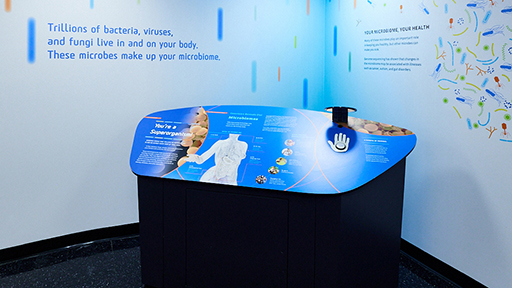
Explore how microorganisms and your microbiome affect your health and influence your risk for many disorders.
What’s in Your Genome?
Building 31, Floor 4C Elevator Lobby
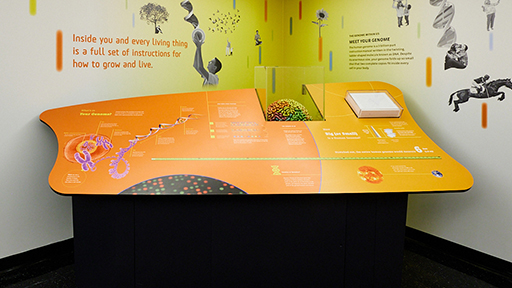
Explore the human genome – the three-billion part instruction manual written in the twisting, ladder-shaped molecule known as DNA.
Where It All Began
Building 38A, Lister Hill Center
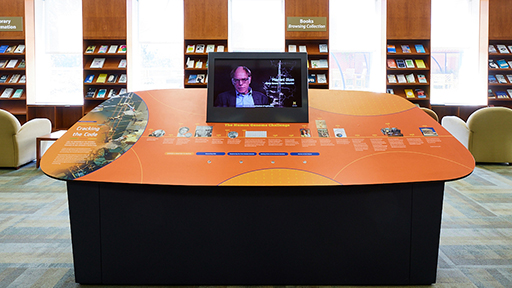
Learn about the history, timeline, challenges, and achievements surrounding the Human Genome Project.
What Genomics Might Mean for You
Building 31, Floor 3C Elevator Lobby
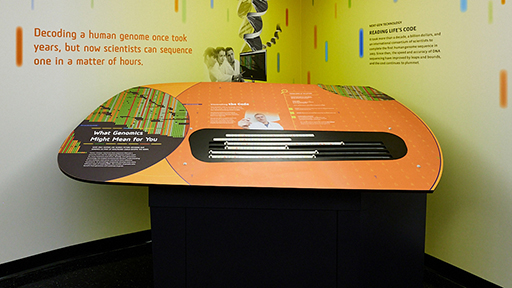
Discover how scientists unraveled the code of DNA and completed the first human genome sequence.
What’s Your Risk?
Building 31, Floor 5C Elevator Lobby
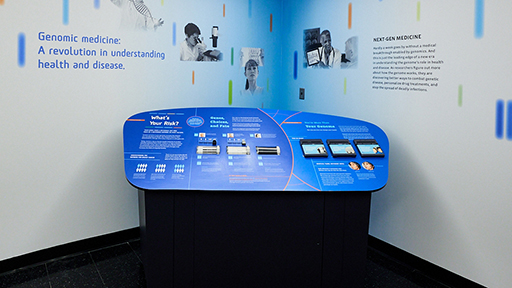
Learn about health risk factors. Genes make a difference, but how much of a difference depends on many factors – including lifestyle choices, diet, environment, and age.
Virtual Tour
Bring the Genome: Unlocking Life’s Code exhibition into your home and classroom. Take a virtual tour of the exhibition and explore the various exhibition design elements and the high-tech environment of the entire 4,400-square-foot exhibition.
Launch the Virtual Tour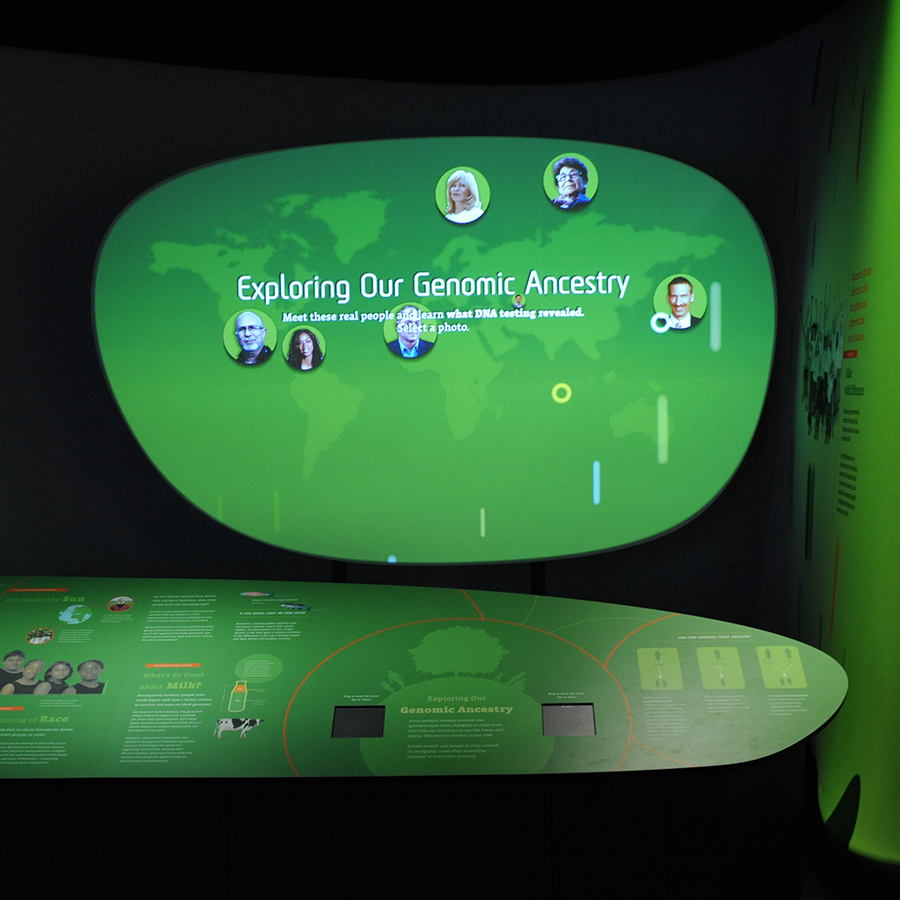
Genome: Unlocking Life's Code: Video Gallery
HISTORY® Channel
Medical Mysteries
The Animated Genome
Last updated: April 18, 2023

